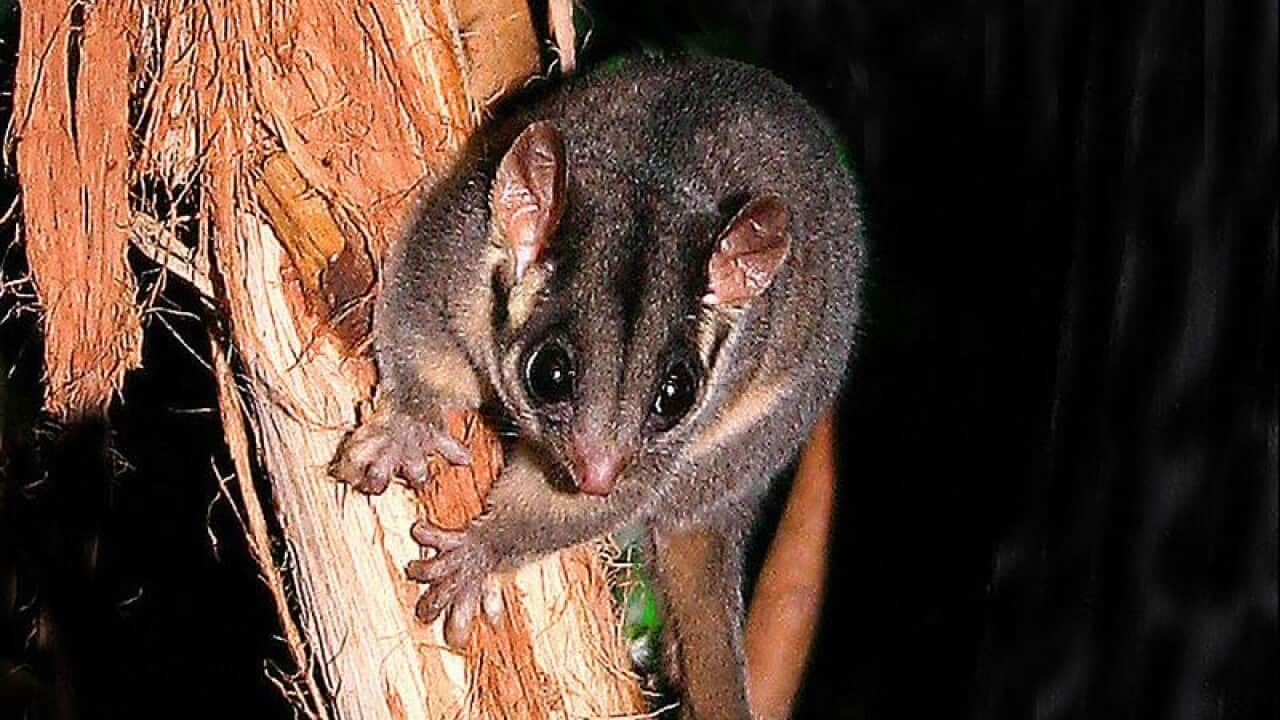Indigenous groups have tracked and monitored the habits of Australian wildlife for thousands of years.
And this Easter, hundreds of ranger groups will draw on that knowledge to conduct a “bilby blitz”, a major survey of the movements and habitats of the native species.
The greater bilby is sometimes depicted as . It is the largest of the ground-dwelling rat-like marsupials known as bandicoots and is hard to spot in the wild.

A native bilby. Source: Flickr/Bernard Dupont
Bilbies are nocturnal and once roamed widely across the country’s arid centre, but Australia’s Threatened Species Commissioner Sally Box says that’s no longer the case.
“Their range has contracted by about 80 per cent,” she told SBS News.
MORE READING

Tiny Victorian possum's future still in limbo
Ms Box says introduced species are among the many threats that have reduced its population.
“Feral cats, feral foxes ... and also damage by animals like donkeys, camels and rabbits,” she said.
About 80 per cent of the remaining bilby population lives on Indigenous owned or managed land, so Ms Box says the role of Indigenous rangers in protecting the species is “absolutely critical”.
'Bilby blitz'
About 20 ranger groups from the Northern Territory through to the Kimberley region of Western Australia will use a new bilingual app, developed by the Central Land Council with funding from the federal government, to collect and collate data.
Dione Kelly from the North Tanami region is one of several hundred rangers taking part.
“If you see the little diggings everywhere, that means they’re looking for food,” he says.

Indigenous rangers test the bilby-tracking app. Source: SBS News
At the moment, the Tracker app is available in English and Warlpiri, an Indigenous language of the Northern Territory.
Anmatyerr ranger Josephine Grant hopes it will soon be rolled out in other languages.
“It’ll be useful for rangers to use it in their own language. Not only that but teaching children at the same time,” she said.
“Some of them are used for ceremony, some of them are used for dreaming totem, so the bilby's got a special place for Aboriginal people.”

Bilbies in a breeding program at Alice Springs Desert Park. Source: SBS News
Thalie Partridge, a Land Resource Information Officer at the Central Land Council, helped develop the app, which can also be used in conservation efforts for other species.
“The app allows us to collect data on animals, on their tracks and other signs that animals leave behind in the environment, so their tracks, their burrows, their scats or their poos [and] diggings they might leave behind,” she said.
Threatened Species Commissioner Sally Box says the data collected will be used to help shape future conservation efforts:
“Programs like this, where we get a better understanding of local trends, a better understanding of the threats to bilbies and a better understanding of what’s happening nationally will really help us work out what action is needed, and where.”
Rhiannon Elston travelled to Alice Springs with assistance from the Central Land Council.


